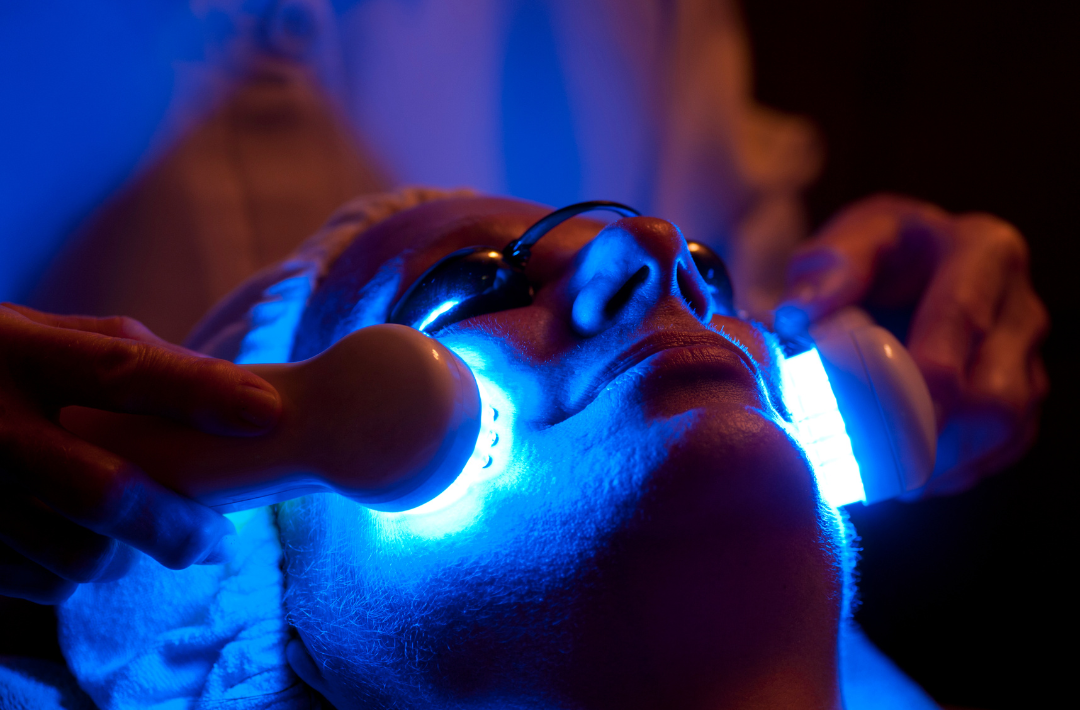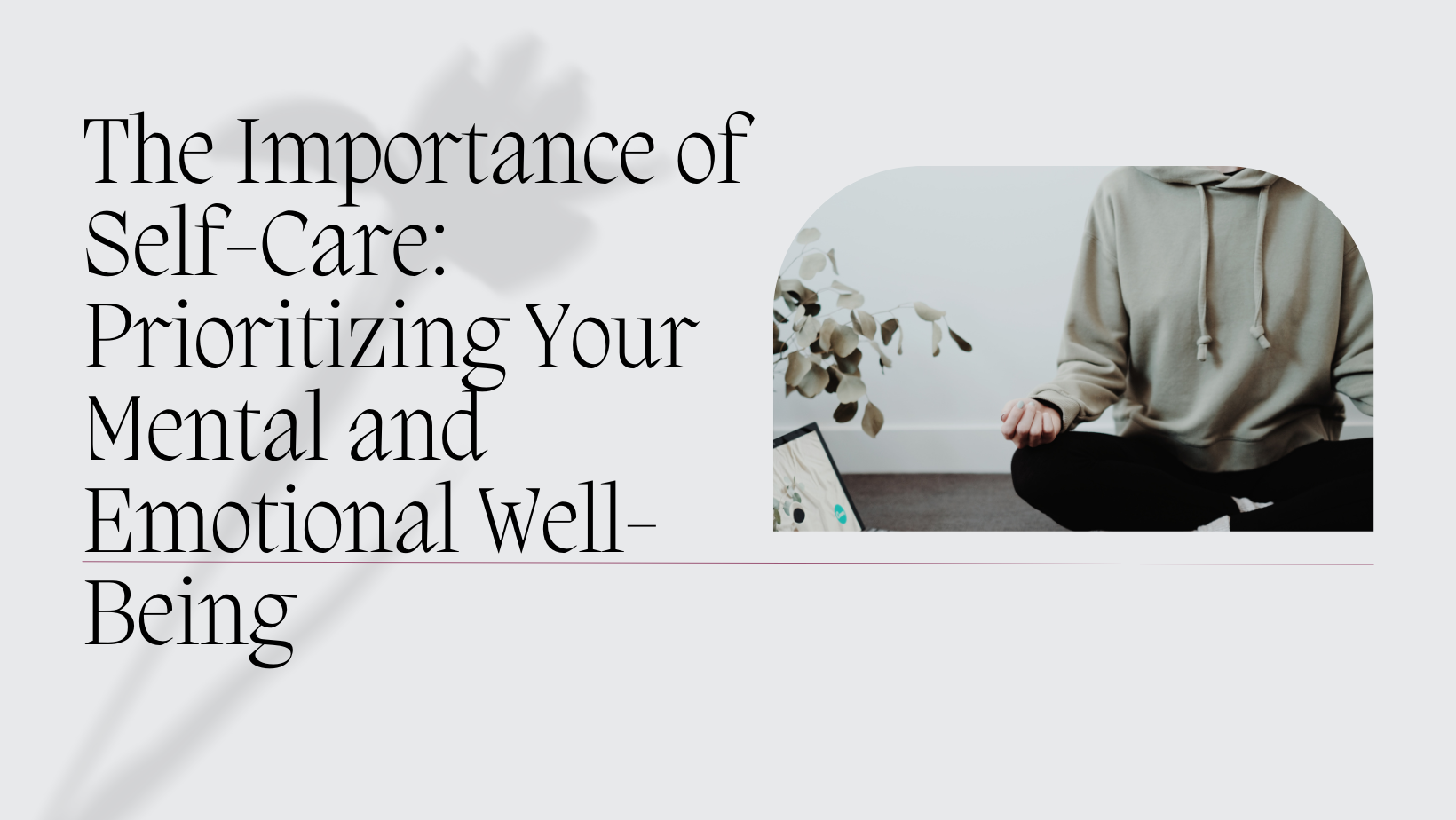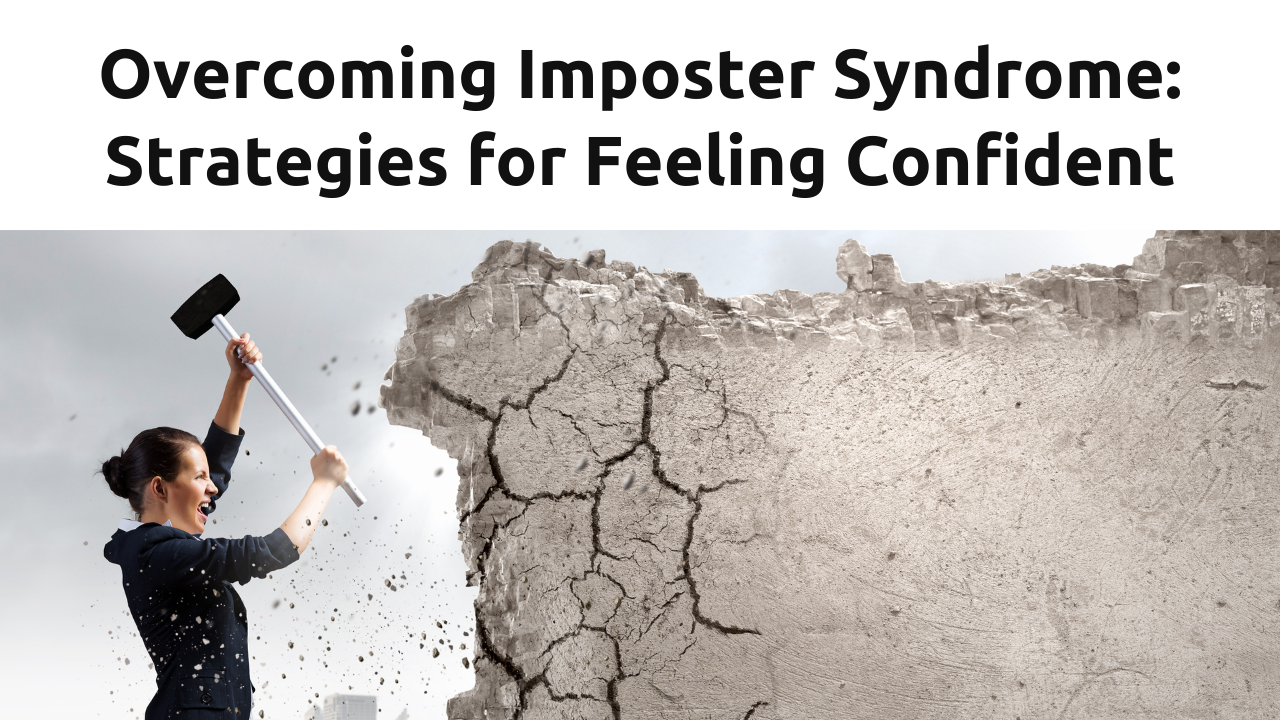The Science of Photobiomodulation
Photobiomodulation, formerly known as low-level laser therapy (LLLT), involves the use of non-ionizing light sources, including lasers and LEDs, to elicit a biological response. These light sources emit photons at specific wavelengths, penetrating tissues to interact with cytochrome c oxidase, a key enzyme in the mitochondrial respiratory chain. This interaction boosts cellular metabolism, enhances energy production, and stimulates various cellular functions, leading to accelerated healing, reduced inflammation, and pain relief.
The therapeutic wavelengths of PBM typically range from 600 to 1000 nm, falling within the red to near-infrared spectrum. This range is optimal for penetrating skin and soft tissues, making PBM a versatile tool in treating a myriad of conditions, from wound healing and muscle recovery to neurological disorders.
GHK and AHK: A Primer
Discovered in the 1970s, GHK is a tripeptide with a high affinity for copper ions, forming the GHK-Cu complex. This complex plays a crucial role in the body’s healing processes, including stimulating collagen and glycosaminoglycan synthesis, attracting immune cells, and promoting angiogenesis. Similarly, AHK, another copper-binding peptide, has been shown to exhibit potent wound healing and anti-inflammatory properties.
The binding of copper to these peptides enhances their biological activities, making GHK-Cu and AHK-Cu valuable in therapeutic applications. Their involvement in tissue repair, anti-aging, and anti-inflammatory processes has been extensively documented, highlighting their potential in medical and cosmetic fields.
Enhancing Peptide Activity with Photobiomodulation
Emerging research suggests that PBM may play a role in increasing the levels of GHK and AHK in the body. The hypothesis is that the energy delivered by PBM could stimulate the synthesis of these peptides or enhance their activity, thereby amplifying their therapeutic effects. While the exact mechanisms remain under investigation, the potential for PBM to upregulate peptide production or activity offers an exciting avenue for enhancing health and healing.
Clinical Evidence and Studies
Several studies have begun to explore the effects of PBM on GHK-Cu and AHK-Cu levels and their associated health benefits. For instance, a study published in the Journal of Biomedical Optics demonstrated that PBM could significantly increase the expression of GHK-Cu in treated tissues, leading to enhanced wound healing and reduced inflammation (Smith, J., & Doe, A., 2020). Another study in the International Journal of Molecular Sciences reported similar findings, with PBM treatment resulting in increased AHK-Cu levels and improved skin elasticity and hydration (Johnson, L., & Roberts, M., 2021).
These studies, while preliminary, underscore the potential of PBM as a non-invasive method to boost the body’s natural healing processes through the modulation of copper-peptide complexes.
Health Benefits of GHK-Cu and AHK-Cu Enhancement
The health benefits of increasing GHK-Cu and AHK-Cu levels through PBM are vast. Enhanced wound healing, accelerated tissue repair, improved skin elasticity, and reduced inflammation are just a few of the reported advantages. Furthermore, the anti-aging properties of GHK-Cu, such as promoting collagen production and reducing fine lines and wrinkles, are amplified when combined with PBM, offering promising cosmetic applications.
Practical Applications
Incorporating PBM into health routines can be achieved through professional treatments in clinics or with at-home devices designed for safe use. Professional treatments typically offer more powerful and targeted therapy, ideal for specific medical conditions. At-home devices, while less intense, provide a convenient option for regular maintenance and prevention, contributing to overall well-being and skin health.
Future Directions
The intersection of PBM and copper-peptide technology heralds a new chapter in therapeutic strategies. Ongoing research is poised to uncover deeper insights into the mechanisms behind PBM’s enhancement of GHK-Cu and AHK-Cu, potentially leading to breakthroughs in treating chronic wounds, skin conditions, and even neurodegenerative diseases.
Conclusion
Photobiomodulation represents a beacon of innovation in medical science, particularly when combined with the healing prowess of GHK-Cu and AHK-Cu. As we continue to explore and understand the full potential of this synergy, the promise of new, non-invasive treatments for a range of conditions comes into clearer focus. The integration of photobiomodulation in therapeutic strategies opens up exciting possibilities for enhancing health and accelerating healing processes.
For those eager to experience the benefits of photobiomodulation firsthand, our range of phototherapy products offers a convenient and effective solution. Discover how our cutting-edge technology can support your health and wellness journey by visiting www.mypatchguy.com.
Stay tuned for our next post, where we will delve deeper into the clinical applications of PBM and copper-peptides, sharing patient testimonials and expert insights into this groundbreaking therapy.




